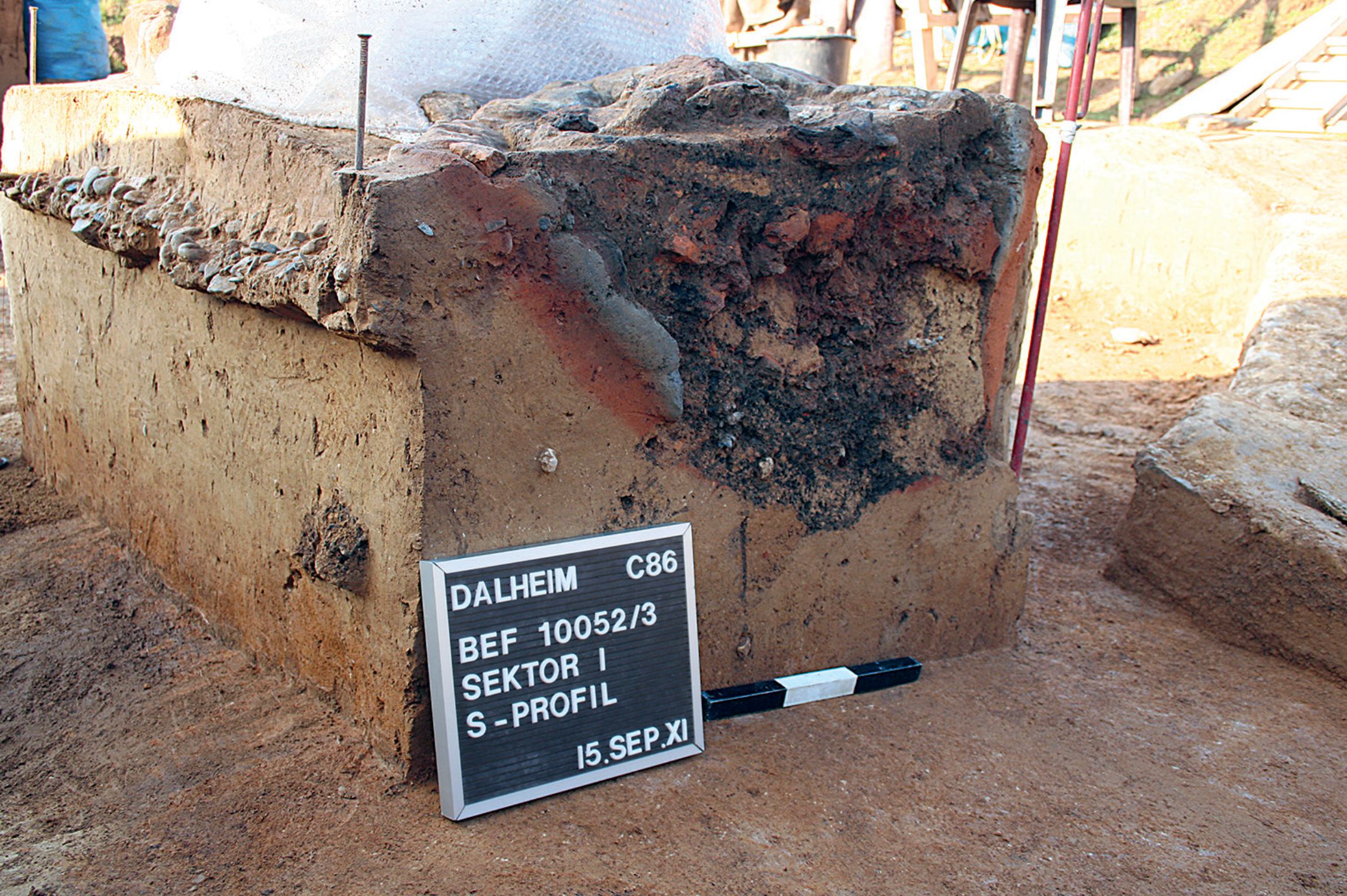Doubting radiocarbon dating from in-slag charcoal
five thousand years of iron production at Wetzlar-Dalheim?
DOI:
https://doi.org/10.35686/AR.2018.14Keywords:
radiocarbon dating, methodology, charcoal samples, slag, fossil carbonAbstract
A Roman-Period bloomery smelting site had been excavated in the Lahn valley at Wetzlar-Dalheim in central Germany during 2006–2012. The production unit consisted of a big rectangular workshop pit with 13 slag pit-furnaces, two waste dumps and a small sunken hut. The stratigraphical sequence, along with abundant pottery and small finds, allows the dating of short-lived smelting activity to a time slot around the third quarter of the first century AD. As a first series of radiocarbon measurements from in-slag charcoal samples resulted in a bewildering date range from the Iron Age right back into the Neolithic, a second dating series has been undertaken. This time exclusively charcoal samples taken from the bottom of the furnace pits have been analysed. The resulting dates fit to the archaeologically derived dating. It is clear that the 14C content of the in-slag charcoal samples must have been altered already during the process in antiquity. With none of the analysed dates younger than the archaeologically fixed date of the bloomery production unit, it is obvious that a contamination with fossil carbon must have taken place. The wide and inconsistent date range suggests that fossil carbon has entered the metallurgical system within the furnace in an uncontrollable manner. The observed phenomenon has wide implications for other metallurgical sites with high temperature processes under strongly reducing conditions. Charcoal samples from such sites, especially from inside slags, might be contaminated to an unpredictable degree and produce seemingly older dates. A first review of previously published data series calls for a reconsideration of the reliability of radiocarbon dates from metallurgical slags.
Downloads












